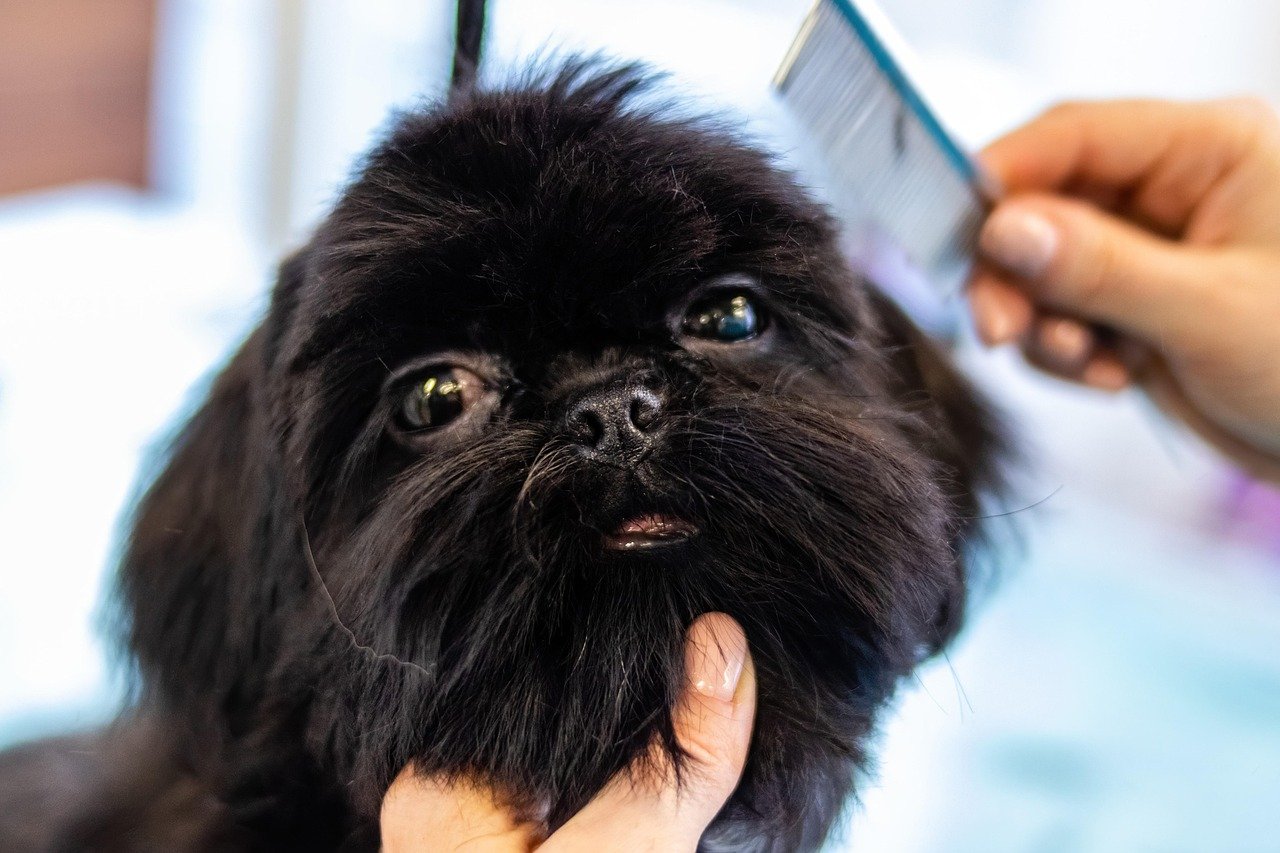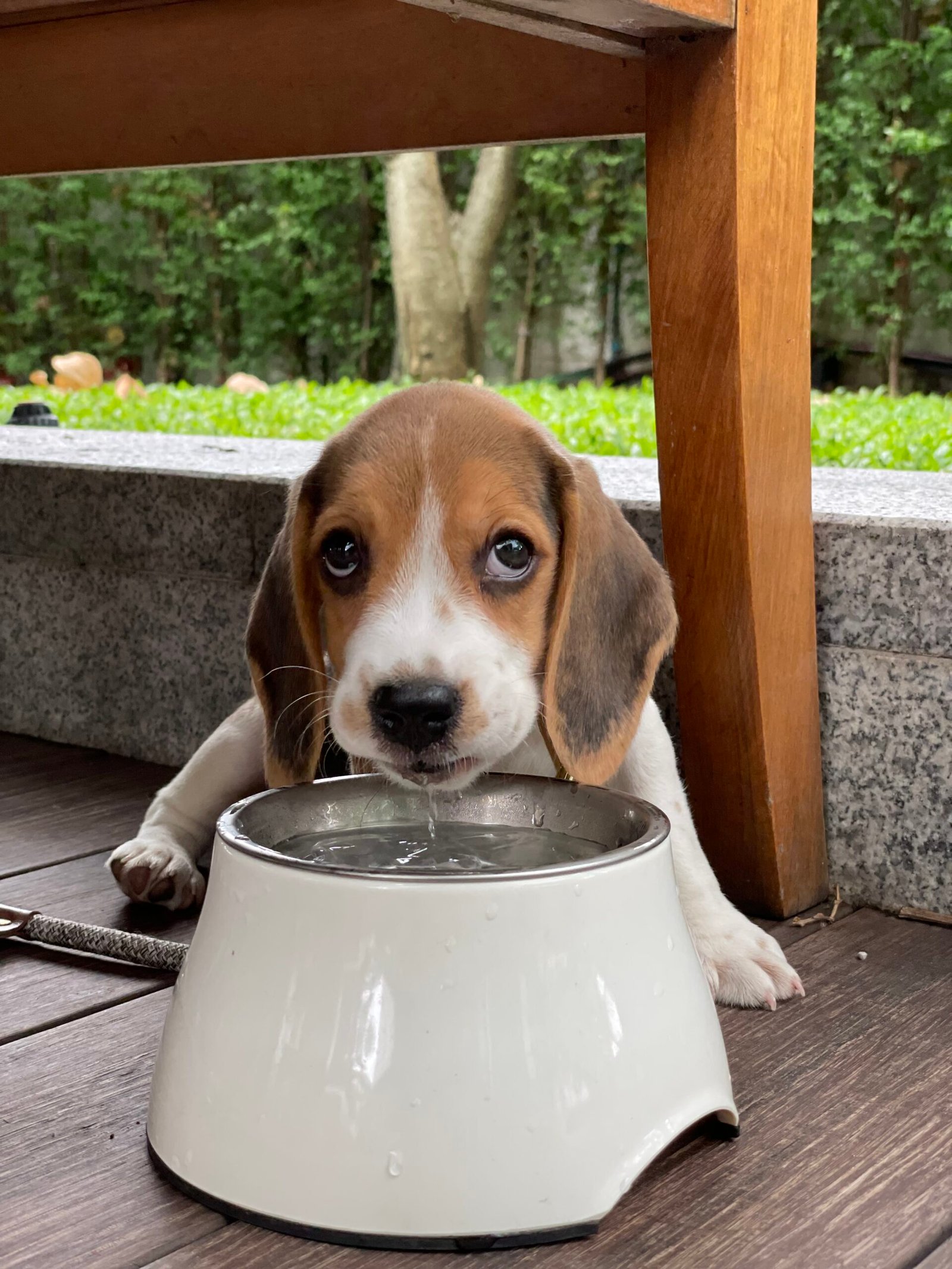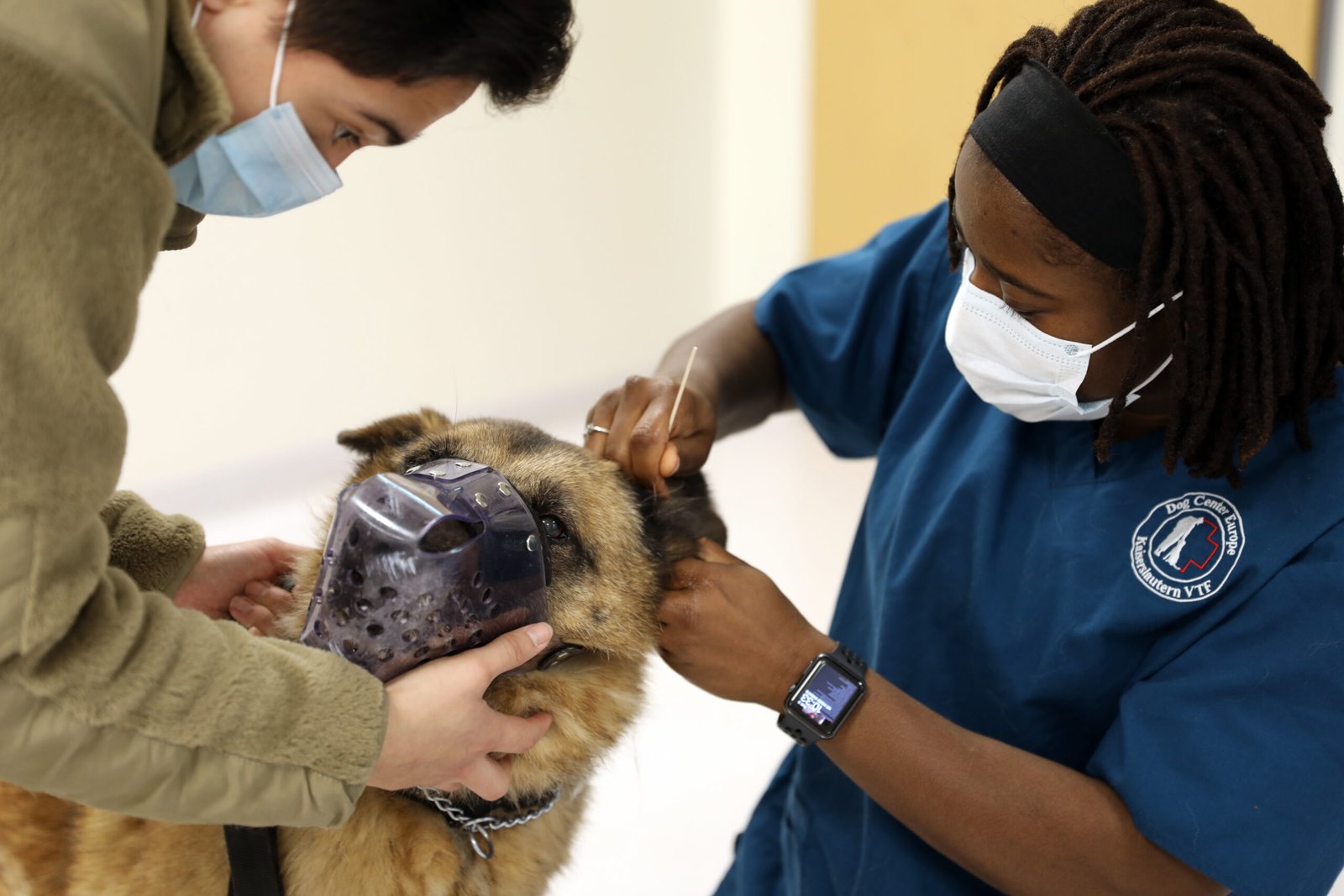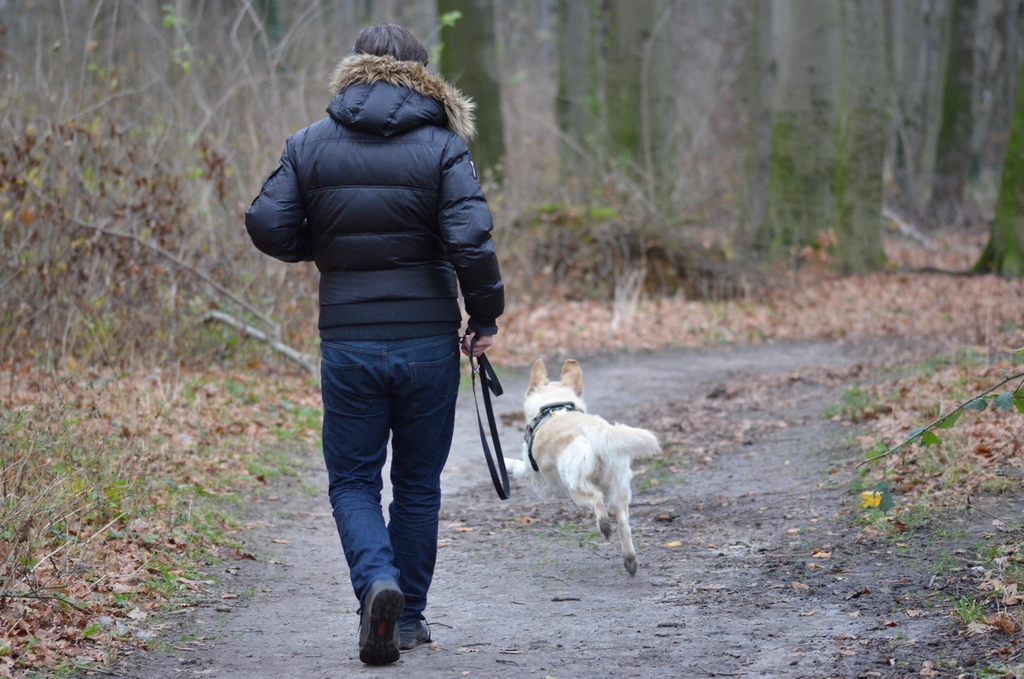Have you ever watched your beloved dog scratch and squirm, looking utterly miserable? It’s heartbreaking to see our furry companions uncomfortable, their playful spirits dampened by relentless itching. The truth is, a dog’s skin is like a window into their overall health, and keeping it in top shape is key to a happy, tail-wagging life. The good news? With a few mindful habits and a pinch of love, you can transform your dog’s skin health and help them feel their very best. Let’s dive into ten essential ways to keep your dog’s skin healthy, glowing, and itch-free!
Regular Grooming for Happy Skin
A happy dog starts with healthy skin. From constant scratching to dry patches and hot spots, skin issues can leave your pup feeling uncomfortable—and you searching for solutions. While it’s easy to overlook skin health, it plays a major role in your dog’s overall well-being. The good news? With a few proactive habits and some thoughtful care, you can help keep your dog’s skin smooth, strong, and itch-free.
Brushing your dog isn’t just about keeping their coat pretty—it’s a vital step for skin health. Regular grooming removes dirt, dead skin, and loose fur that can build up and cause irritation. When you use the right brush for your dog’s coat type, you also help distribute natural oils, giving their skin a healthy sheen. Plus, grooming is a great bonding activity. It lets you check for bumps, redness, or signs of fleas and ticks before problems get worse. Dogs with long or thick fur especially benefit from frequent brushing, as mats and tangles can pull uncomfortably at the skin. If you make brushing a fun, regular ritual, your dog will not only look better but feel better too.
Feed a Nutritious Diet
Healthy skin starts from the inside out, and what your dog eats has a huge impact. High-quality dog food packed with essential fatty acids, like omega-3 and omega-6, helps nourish the skin and create a shiny coat. Look for foods with real meat, fish, or eggs as the main ingredients, as well as whole grains and vegetables. Avoid fillers like corn or soy, which some dogs are sensitive to. Some pups may benefit from supplements like fish oil, but always check with your vet first. By giving your dog the right nutrients, you’re giving their skin the tools it needs to stay strong and itch-free.
Keep Up With Baths—But Not Too Many

Bathing your dog helps wash away allergens, dirt, and loose fur, but there’s a balance to strike. Too many baths can strip away the natural oils that protect your dog’s skin, leaving it dry and flaky. Use a gentle, dog-specific shampoo, never human products, which can upset the natural pH of their skin. For most dogs, a bath every month or two is just right. If your dog loves muddy adventures, you might need to rinse them more often, but stick with water or mild rinses. After each bath, dry your dog thoroughly, especially in skin folds and between toes, to prevent any lingering dampness that can cause irritation.
Control Fleas and Ticks

Fleas and ticks are more than just annoying—they can wreak havoc on your dog’s skin. A single flea bite can set off a cycle of intense itching and scratching, sometimes leading to hot spots or even infections. Use vet-recommended flea and tick preventatives year-round, even if your dog spends most of their time indoors. Check your dog’s coat frequently, especially after walks in grassy or wooded areas. If you spot a tick, remove it promptly and carefully. Preventing parasites is one of the best ways to keep your dog’s skin healthy, and it spares them a lot of distress.
Moisturize When Needed
Just like people, dogs can develop dry, flaky skin—especially in winter or dry climates. If you notice your dog scratching more than usual or see dandruff-like flakes, consider moisturizing their skin. There are dog-safe moisturizers and sprays available, but never use human lotions, as these can contain harmful ingredients. Coconut oil can sometimes be used for spot treatments, but use it sparingly and always check with your vet for the best option. Keeping the air in your home humidified can also help prevent skin from drying out and becoming itchy.
Watch for Allergies and Sensitivities
Allergies are a common cause of itchy, irritated skin in dogs. Triggers can include certain foods, pollen, dust, or even household cleaners. If your dog suddenly starts scratching or licking excessively, or develops red, inflamed skin, allergies might be to blame. Keeping a diary of when symptoms flare up can help identify the culprit. Your vet can run tests or recommend special diets to narrow down the cause. Sometimes, simple changes—like switching laundry detergent or keeping your dog indoors on high-pollen days—can make a world of difference.
Provide Plenty of Fresh Water

Hydration is just as important for dogs as it is for humans. When your dog drinks enough water, their skin stays hydrated from within, making it less prone to dryness and flaking. Always keep a clean bowl of fresh water available, and encourage your dog to drink throughout the day, especially after exercise or on hot days. If your pet isn’t drinking much, try adding a splash of low-sodium chicken broth to their water or offering ice cubes as a treat. Well-hydrated skin is more resilient and less likely to become itchy or irritated.
Keep Their Environment Clean
Your dog’s living space can affect their skin health more than you might realize. Dirty bedding, carpets, and toys can harbor allergens, dust mites, and bacteria that irritate the skin. Wash your dog’s bedding regularly, vacuum floors and furniture, and clean toys with pet-safe products. If your dog spends a lot of time outside, check their favorite spots for potential irritants like pesticides or harsh chemicals. A clean environment creates a safe haven for your dog’s skin—and helps prevent itchy flare-ups before they start.
Schedule Regular Vet Checkups

Sometimes, itchy skin is a sign of an underlying health issue, like a hormonal imbalance or immune disorder. Regular veterinary checkups are essential for catching problems early. Your vet can spot subtle changes in your dog’s skin that you might miss and recommend treatments tailored to your dog’s unique needs. During visits, ask your vet to check your dog’s skin and coat, and mention any new behaviors like excessive scratching or licking. Early intervention can make all the difference in keeping your dog comfortable and itch-free.
Encourage Exercise and Reduce Stress

Stress and boredom can take a toll on your dog’s skin. Dogs that are anxious or under-stimulated sometimes develop habits like excessive licking or chewing, which can damage their skin. Daily walks, playtime, and interactive toys help burn off energy and keep your dog’s mind engaged. A happy, relaxed dog is less likely to develop stress-related skin problems. If your dog seems anxious, try calming routines like gentle massages or create a cozy retreat where they feel safe. Sometimes, the best cure for itchy skin is a little extra love and attention.
What will you try first to help your dog’s skin stay healthy and itch-free?





